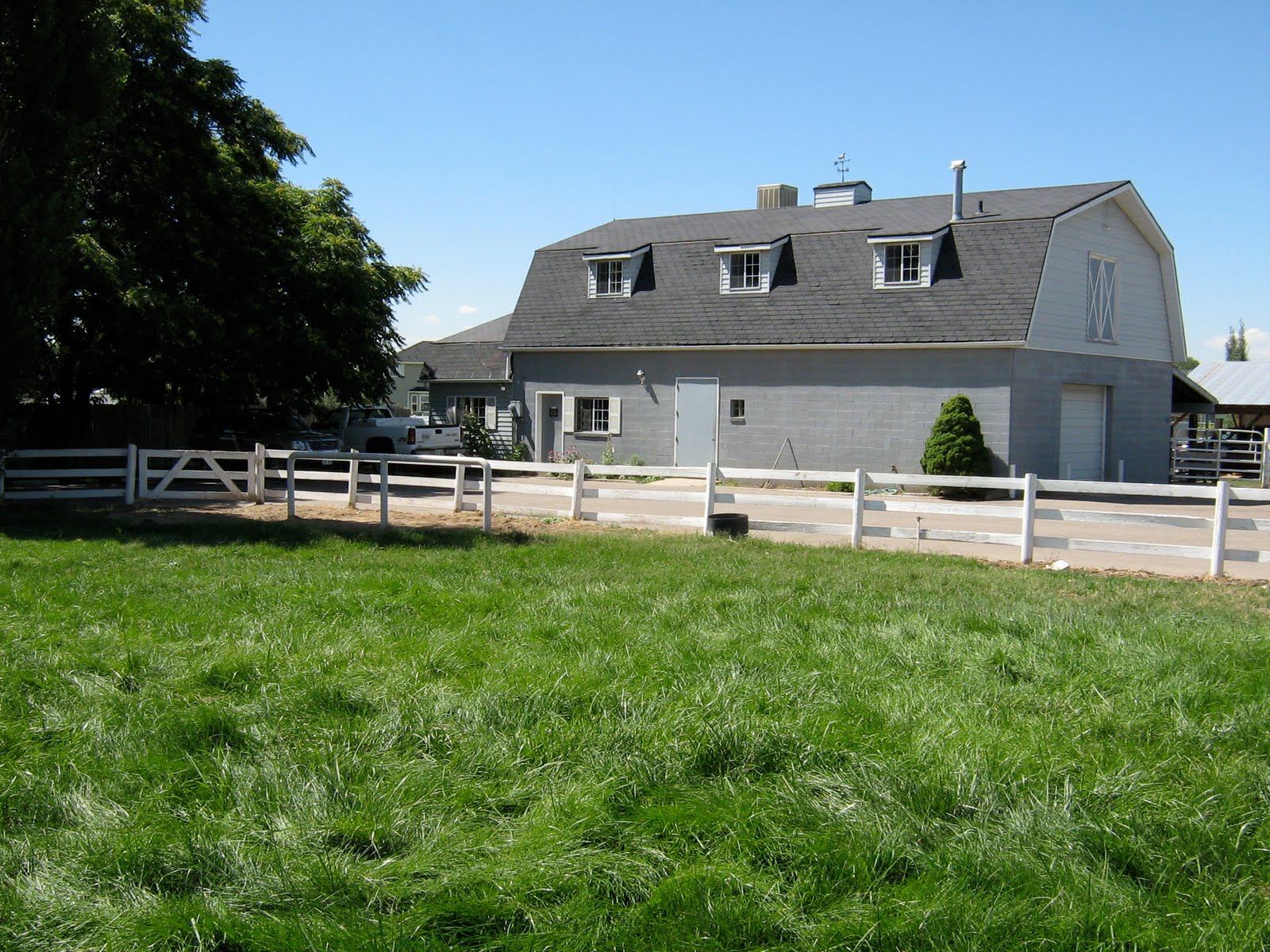Many times as I am asked to treat a variety of horses, for a variety of things. I find at times that I am unable to adequately handle the horse (neither is the owner). Now this can be for a variety of reasons. VARIETY seems to be the common theme. There is usually no one answer as to why some behave negatively. But we all know that horses have good memories, and many seem to ALWAYS remember the VET!! Most horses are perfectly fine with their owners while at home. But when I show up, they have a different attitude. It used to be a source of frustration for me, and honestly, I would blame the owners. I have since learned that when I am frustrated, I am to blame. Frustration doesn't mean anger, it simply means that we don't know how to solve the problem. We have hit a wall. Hence, FRUSTRATION. Now I am no horse whisperer, but I have learned to slow down, read the horse, and work with them, not AT them or ON them. Let me explain.
How do you get into a horses head, and let him know that what youre going to do is not painful (at least not real painful)? Well, to do this you have to become the "herd leader". You have to let him know that you control him. Easy right? Actually, to get into their head, you have to control their feet. Pulling on the halter and trying to physically control him only reinforces the fact that you are NOT the herd leader, because as the horse drags you around he is figuring out that HE is the herd leader, and he is controlling YOUR feet. So take him in hand, on a fairly long longe line, cluck him around you, make him move at your command, in the direction and speed that you dictate, and stop at your command. In short, control HIS feet, and you control HIS mind. This is the basis for all good horse training. Some call it ground work. Whatever you call it, whenever you are having a battle over who is in control (ie, lack of respect), whether you're on his back or on the ground, go back to basics. To get into his head, control his feet.
I know of some very good farriers that will take colts for a few minutes and use this same technique, and they stand better for their first shoeing. Give it a try, and let me know what you think.
Friday, February 17, 2012
Subscribe to:
Posts (Atom)


